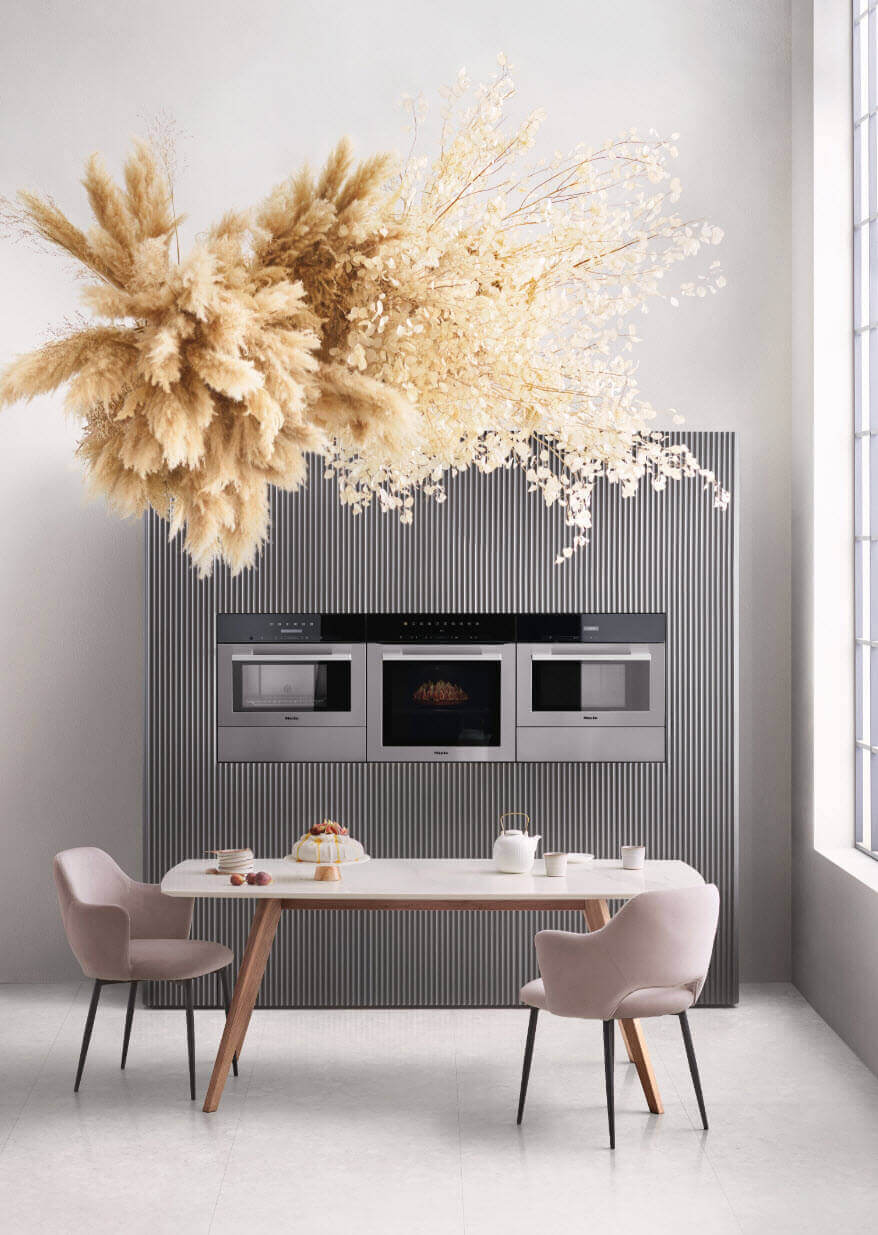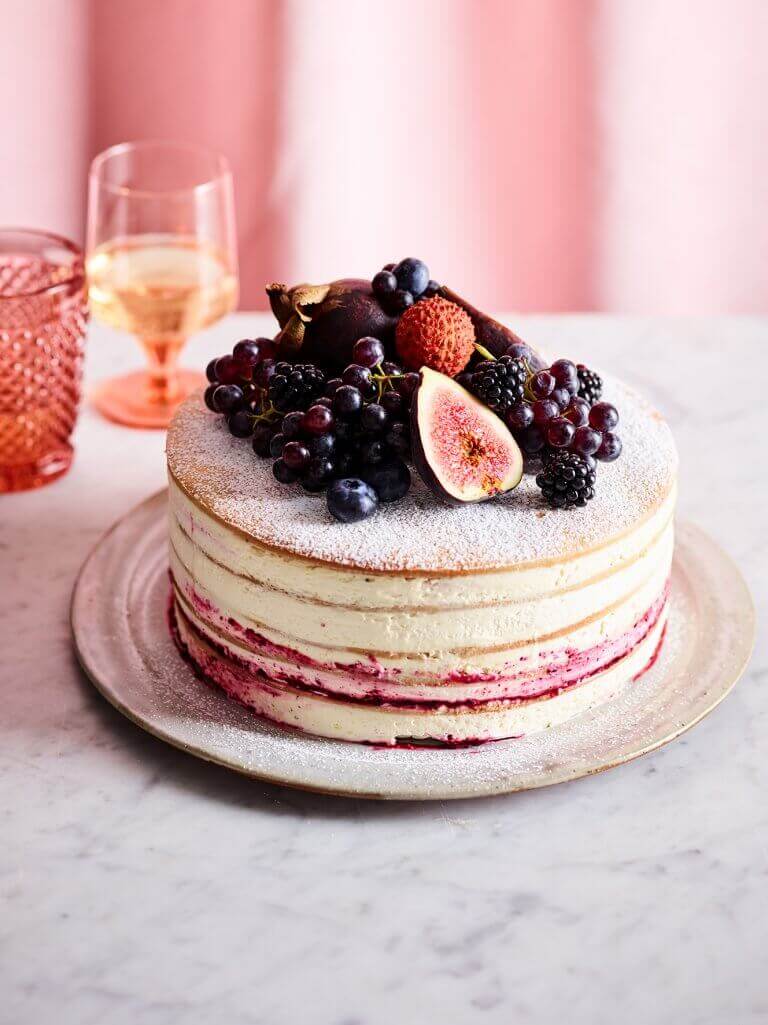How to Create the Ultimate Edible Garden at Home
As more of us look to incorporate greater sustainability and eco-friendly alternatives into our daily lives, award-winning Australian landscape designer Phillip Withers shares his top tips for creating an incredible garden at home with a focus on the ‘edible’.
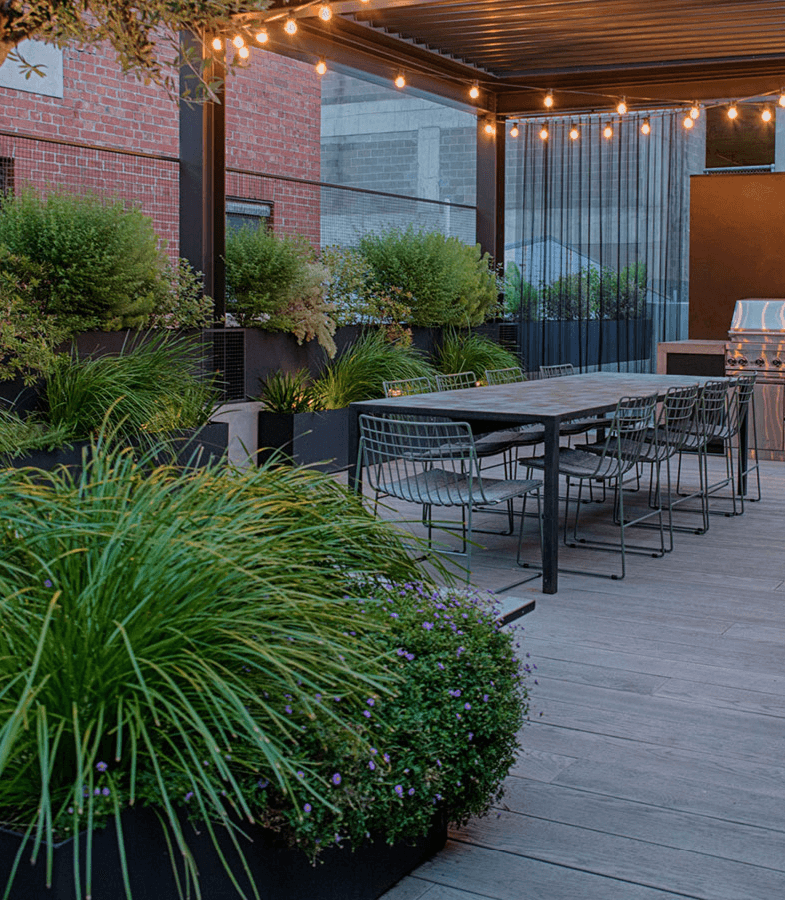
Image: Sky Garden by Phillip Withers
Beyond composting, taking ‘enviro’ bags to the shops and trying to eliminate single-use plastic, many New Zealand households are looking for more ways to decrease their impact on the environment, and become more self-sustaining. According to the experts, the future of our economy is circular, sustainable, healthier and greener – but it can be hard to know where to start on the path towards an eco-friendlier and more sustainable lifestyle.
As the adage goes, often the best place to start is in our own back gardens. Thanks to organisations such as ‘Garden to Table’ who are teaching children how to grow, harvest, prepare and share fresh, seasonal food, and ‘Oke’ who are helping to bring productive gardens into schools, there has been a recent groundswell of interest in urban farming, food supply chains and movements to eliminate food waste, starting with the food that sustains us. More recently, that has translated into one of the latest design trends: creating your own edible garden.
With a ten-year track record creating award-winning fusion gardens, Australian landscape designer and business owner Phillip Withers is here to share his thoughts on how to make 2021 the year to bring your edible garden to life.
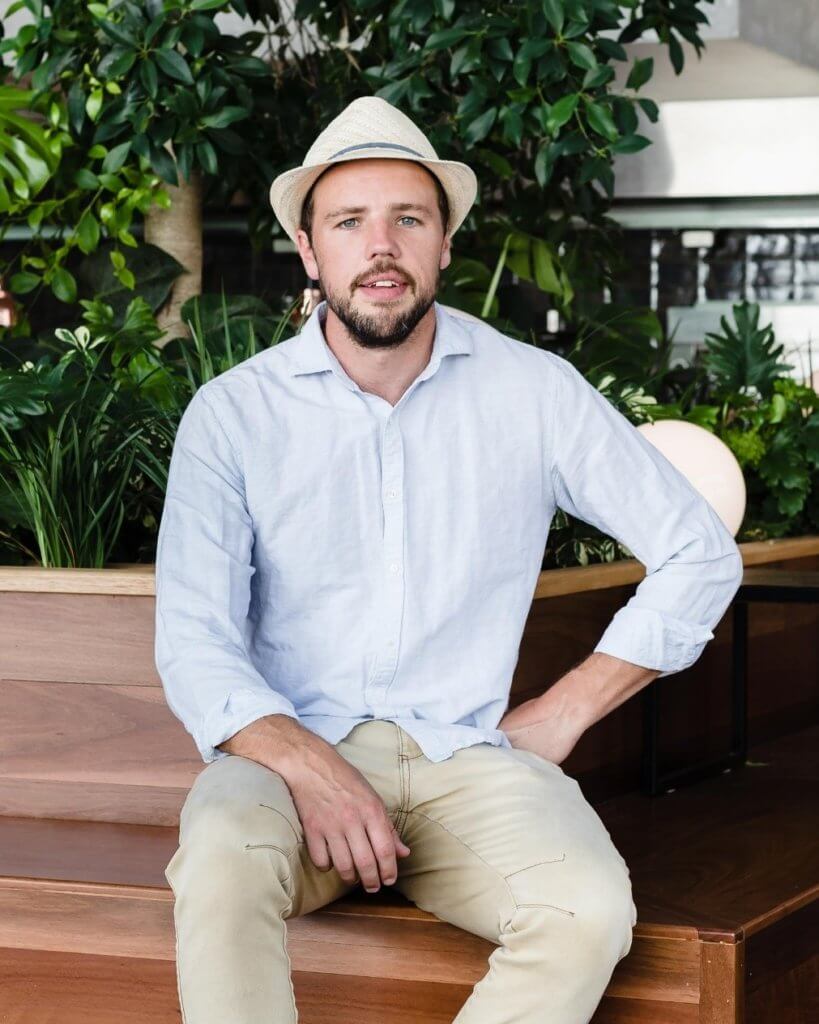
Image: Phillip Withers, by Amelia Stanwix
Before we dive in, it’s important to understand why reducing our food waste is so important. Until recently, many of us may never have stopped to think about how the food we buy (and the packaging it comes in), travels from farms and factories, to shops, and onto our homes, a significant portion of which ends up tossed in landfill.
Every year as a nation, New Zealand wastes $872 million worth of found, which represents around 122,500 tonnes of waste. Whether it be by buying too much, cooking more than you need (and having to throw it away), storing food incorrectly or not noticing the expiry dates – we are sending a lot of food to landfill.
The good news is that we can do something about it by actively producing less food waste through effective planning for your needs, storing items correctly, as well as composting and growing your own.
Enter: the edible garden.
So, what is in an edible garden?
As its name suggests, an edible garden is a garden that contains flowers, herbs, seeds, berries, vegetables and plants that you can eat. Be it a perimeter of Chilean guavas, a row of feijoa trees, or even a lush background hedge of kumquats – there are endless possibilities for planting a sumptuous smorgasbord of delicacies and everyday staples right on your back doorstep.
“We are definitely finding more and more people are wanting to create productive, native and sustainable gardens. They want edible gardens that are close to the house, so they can cook with their own produce and create nutrient-rich masterpieces from home. It’s great to see how many people are really loving growing their own food, and are seeing their backyard as a destination to spend time in.” – Phillip Withers
The rise of edible gardens and urban farming have created a domino effect all the way from encouraging healthy eating to improving mental health and wellbeing by providing a greater sense of connection to nature and community.
“Gardens are supposed to bring people together, so if yours isn’t doing that, it’s not doing its job.”
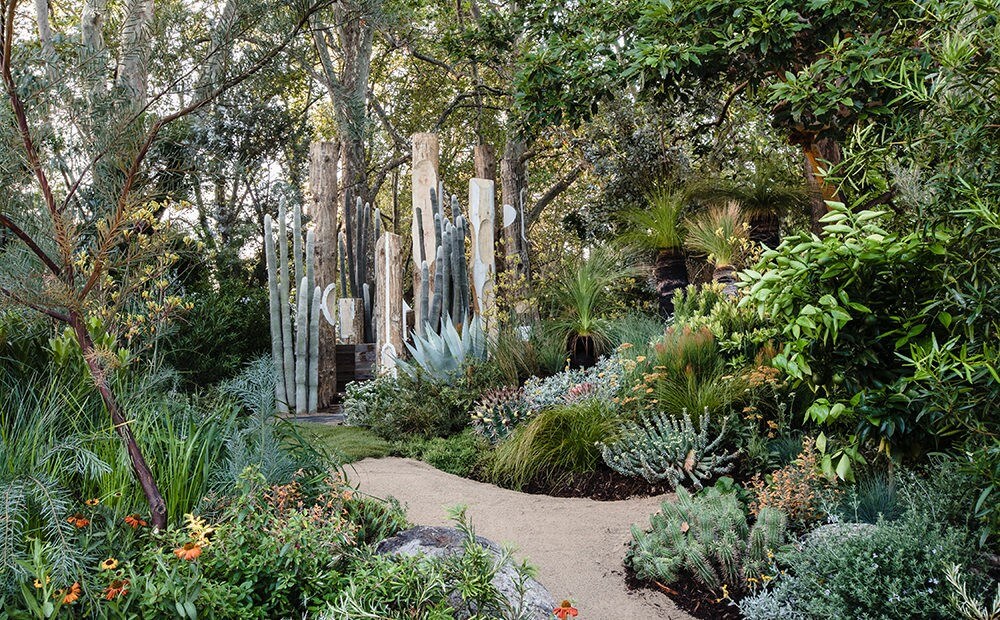
Image: I See Wild by Phillip Withers
Edible gardens inspired by the local landscape
Winner of back-to-back Sustainability Awards at the prestigious Melbourne Flower and Garden Show, landscape designer Phillip Withers and his team of horticulturalists like to create remarkable sensory experiences by designing gardens that are both functional and sustainable, and that pay homage to the stunning natural landscape.
“I have always had an affiliation with the natural landscape. Ever since I was little, I could basically walk out to the bush from my back gate. Myself and my friends grew up around nature and connected to it so easily – that’s the feeling we try to bring back to people when designing gardens for their homes.”
It is that lifelong affiliation with the beauty of the landscape, as well as a deep respect for Indigenous cultures who have lived sustainably on the land for tens of thousands of years, that inspires Withers to create garden designs that draw from the world around him.
Top 3 tips for getting started with your ‘incredible’ garden
From understanding how to better utilise your organic waste to shopping local and only buying what you need, Withers is full of tips to live more sustainably. So, when it comes to creating that dream edible garden, these are his top three tips:
1.Follow the patterns of nature
Creating a beautiful and natural edible garden means creating a space that functions for the people who live there, but also that provides a restful and rejuvenating place to spend time, as well as an enjoyable and playful place for visitors. To that end, what every garden needs is fuel, good planning and maintenance, and so working in harmony with what already exists is paramount.
“If you follow the patterns of nature you learn so much – even when it comes to small landscaping decisions such as whether to have a water bath or to plant nectar-loving plants that help our natural fauna. These choices are just as important as the garden aesthetic, so be guided by the patterns of nature and let your garden be something you can enjoy and that our animals can love as well.”
Beyond the plants themselves, Withers encourages any budding gardener to also consider the materials they are using to build their edible garden.
“If you can source things locally and work with a local builder or manufacturer it makes so much more sense and will allow for a more meaningful and sustainable garden. It will also have more history and a story that makes sense to that location.”
2. Plant what you want to eat
Taking the time to consider how you will use your garden and what purpose or function you want it to serve is critical in the planning stages. Think about your favourite fruits, vegetables, herbs and other edible plants – and whether there are particular plants that hold sensory appeal to you that you would like to see, smell or touch.
“Veggie gardens are such a productive space that you can utilise, just grow the things you would predominantly eat. Some of the easiest plants to incorporate are herbs (rosemary, thyme, sage) because they are so hardy. In terms of vegetables that grow well, you are looking at tomatoes, corn, leafy greens, courgettes, potatoes, and pumpkin. These are items you can utilise readily, so you are not going to waste the produce.”
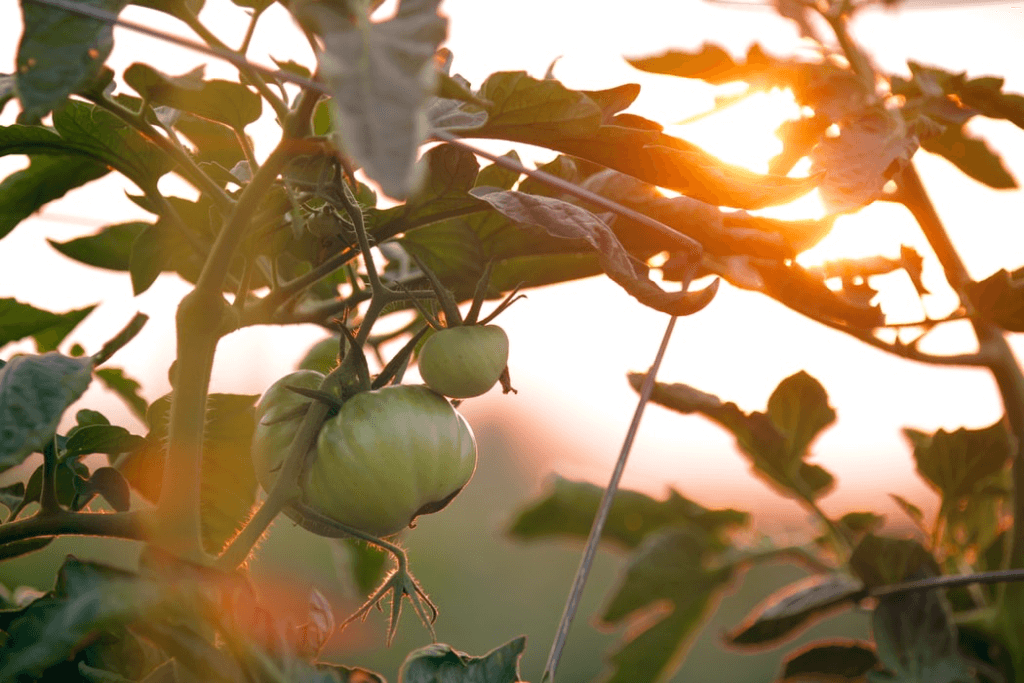
Photo by Chad Stembridge on Unsplash
“My favourites to plant tend to be leafy and salad greens, garlic, broccoli and spring onion because they can all grow in low light winter conditions. Citrus and olives are also great, because you can push them up against walls and they will take a lot of sun, but it’s important to consider which plants are best suited to your local climate.”
Any tips on what to stay away from? Withers warns that the hard edibles to grow are those that require different soils, such as blueberries and other berries.
3. Create a basic maintenance plan
Last but not least, when designing your edible garden, one thing to make sure that you have is a plan in place for the maintenance of the garden so that it works for you and your lifestyle. Withers suggests starting by considering the energy input of the garden and starting with an understanding of the garden’s requirements, as opposed to its visuals.
“Does it require a lot of watering? How does the soil need to be managed? What is the best time of year to plant things? If you plant the right plants at the right time, you won’t need to change the soil, and it will grow well without much input.”
A couple of other great ideas to support the maintenance of your new edible garden, thanks to Withers, are ‘wicking beds’.
“Wicking beds allow you to use recycled water such as the rain water from your roof – and straight away you have ticked ‘watering’ off your maintenance list. If you then also collect compost and scraps, they can be spread across your garden, and provide a great source of nourishment for your garden.”
Withers’ philosophy is all about coming up with plans that fit naturally into your day to day life, and complementing that by learning some simple things about how to manage soil and water so that you can care for your garden well.
What if you are limited for space?
Creating an edible garden does not have to be a monumental undertaking. It can start small with a simple planter box in a courtyard or on a balcony, or even just a window box with a few herbs, which can be particularly effective if you live in an apartment or have limited outdoor space. Withers says that the most important thing is that you:
“Buy local. Every time you think about how to do something whether it be in the garden, or anywhere in life, thinking locally as a first priority means you can support local people and businesses and help the community in which you live.”
You can even join pop-up or community veggie gardens in your local area, if your home is not suitable for an entire edible garden.
With overseas travel plans on hold for the foreseeable future, it might just be the perfect time to transform your garden into an incredible oasis worthy of a ‘stay-cation’, and enjoy the many health, therapeutic and financial benefits of having your own nutrient-rich backyard marketplace.



